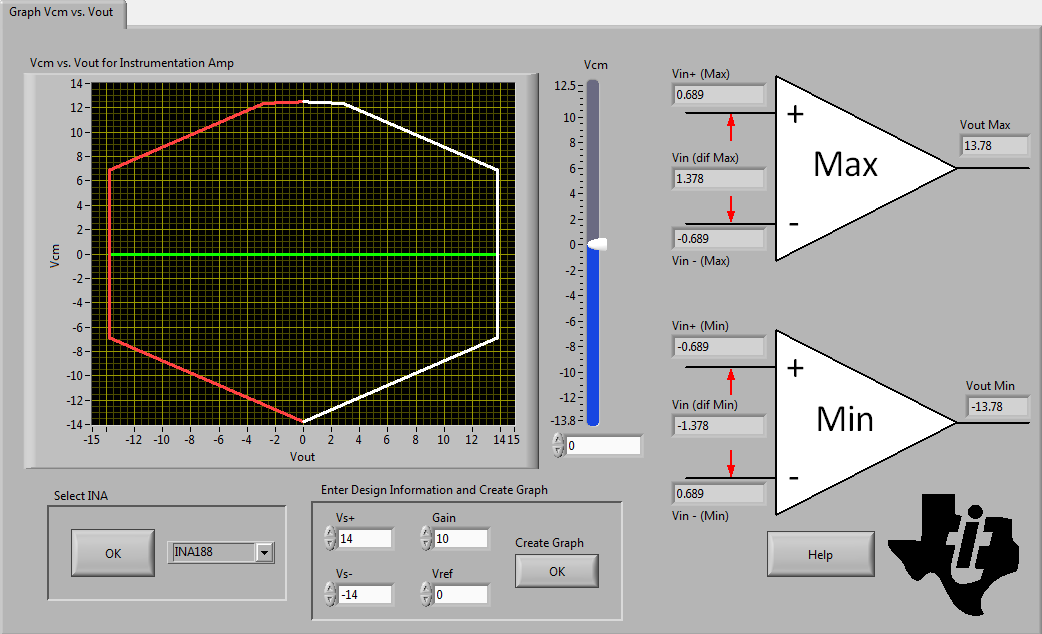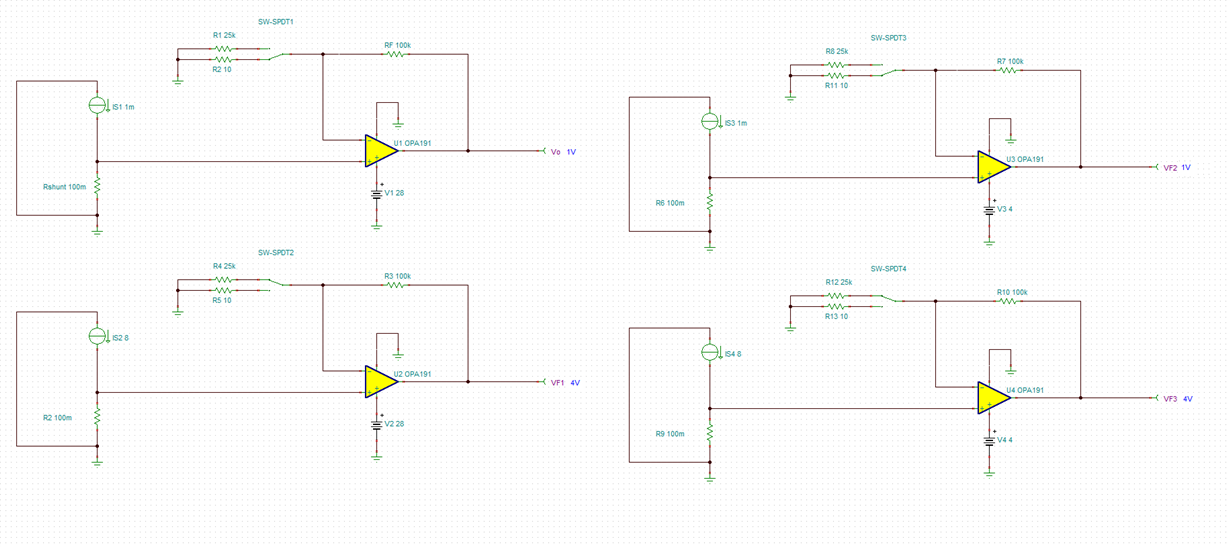Other Parts Discussed in Thread: INA271, OPA192-Q1, INA188, OPA191, OPA192
Hi,
Now I am using INA271A-Q1 for current sensing to get the input current of buck devices'. We want to get accurate input current @Vin=4.5V-28V, Vout=1.05V-7V, Iout=1mA-8A. When the application condition is Iout=1mA, the input current is very hard to get accurately measured. So we want to use a current sense and we find INA271A-Q1, but when designing, I have the following confused:
1. Above is our schematic. J1-J2 is the power supply input, from 4.5V-28V. The current through R1(Rsense=0.1ohm) will be from 1mA to 8A for my application. So the question is: can INA271A-Q1 support this wide current range sense?
2. Because I see that Abs max of Vo= Vs+0.3V. In my application, when Vin=4.5V, Isense=8A, Rsense=0.1ohm, Gain=20, we can get Vo=16V which is larger than Vo abs max. Do I calculate right?
3. What is the meaning of section 9.1.2 selecting Rs? the following means we would better make the Vsense between 50mV to 100mV? Or Vo between 50mV to 100mV?
For most applications, best performance is attained with an RS value that provides a full-scale shunt
voltage range of 50 mV to 100 mV. Maximum input voltage for accurate measurements is (VS – 0.2)/Gain.
4. if Item 3 is true, when my application is 1mA loading, we can only get Vsense=1mA*0.1ohm=0.1mV, Vout=2mV. Can part work well at this situation?
5. if this part can't support my application, would you mind to recommend another part?







